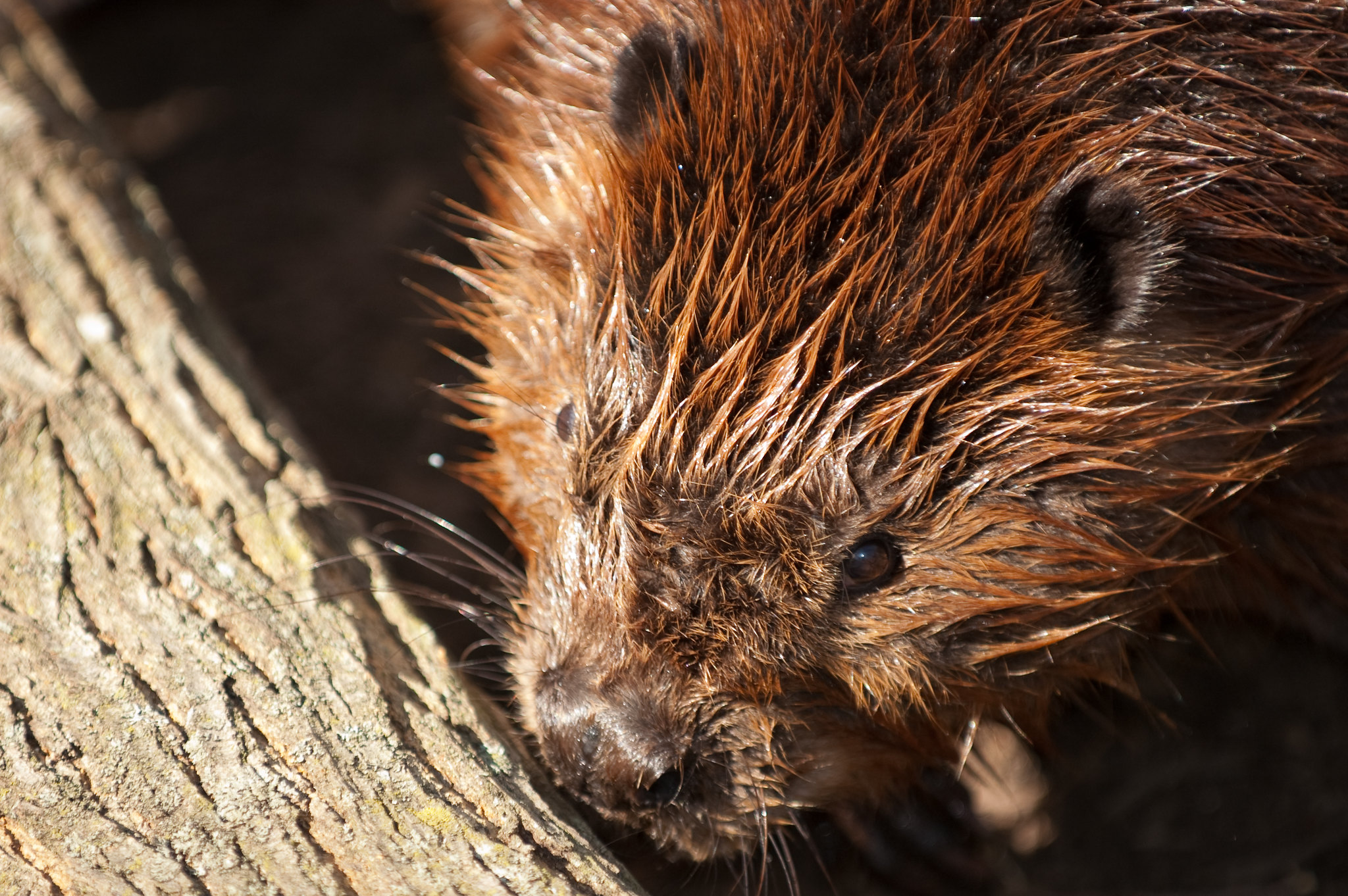At least, we think so… but we’re not really sure.
Last week we wrote about signs posted along the Avon, warning about traps in the area. There is (or was) at least one beaver making dams, and the dams have now been destroyed.
We called everyone we could think of. The City hadn’t heard about it, and neither had the Upper Thames River Conservation Authority. Our MP didn’t know anything. We finally figured out that the responsible party was Environment Canada, so we started calling them. We’ve been told that they will contact us, but so far we’ve heard nothing back.

Quin Malott, Stratford’s Parks and Forestry Manager, believes the objection to beavers lies with water levels and the danger of urban flooding. They’re also pretty destructive animals, and can take down trees fast. Vanni Azzano, of the Upper Thames Regional Conservation Authority, says that you have a right to kill a problem animal on your property, but it must be done with a permit. At Thursday’s Energy and Environment meeting, Craig Merkley explained that although a “beaver deceiver” (a disguised pipe) is effective at keeping water levels under control, they don’t work in a river situation, and the measurements Environment Canada takes there are valuable, connected to decades of previous measurements at that site.
Which pretty well explains why the beaver is (was) unwelcome, but doesn’t explain the decision to trap (drown) him. The warning signs have now been taken down, so things don’t look good for poor Schroedinger.
Beaver trapping is traditional in Canada, practiced for millennia. But maybe that’s the problem. We kill beavers because we’ve always killed beavers. Maybe we should rethink that.
Many city dwellers understand that the surrounding countryside is increasingly threatened by climate change and an uncaring provincial government. More and more people are working on native gardens, planting native trees, battling invasive species, and making other efforts to create a city refuge for wildlife.
It’s only natural that we in Stratford would be thrilled to see a beaver. Beavers mean wetlands, however small. Wetlands means increased habitat, as seen in the video above. While we understand that not all wildlife will be welcome in an urban setting, it would be good to know that our city and our conservation authority, and even local groups like AREA, would be included in — or at least notified about — decisions made by Environment Canada.
We need to have a serious discussion about this.
It’s a well established fact that beavers are highly skilled at water conservation. To think that Environment Canada (a) doesn’t know or appreciate this fact and (b) would act without consulting local conservation organizations is disgraceful. Why can’t humans leave nature to manage Herself? I am disgusted.
Email Alton.stead@ec.gc.ca and phone him at 905-317-1912
Non lethal methods do work. Lethal methods only leave room for more beavers, and lead to more problems.
https://thefurbearers.com/downloads/PDFs/Beaver%20Book%20-%202019-10-08%20The%20Fur-Bearers.pdf?fbclid=IwAR2zxlm3xLyw64WOnVCIWK3xImyuDnaRjNmqcnn48aYx7wQ8ZStMKzIzK6M